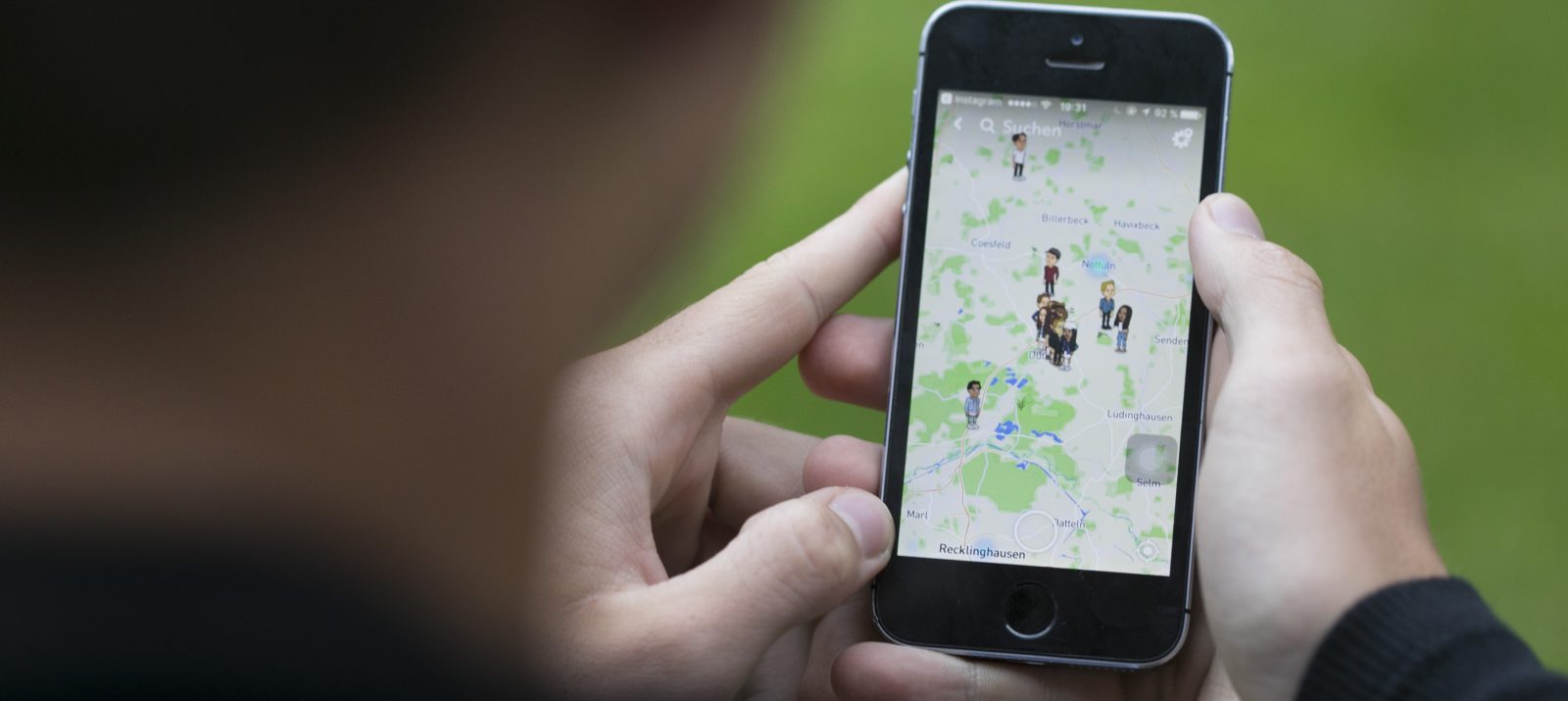
As parents, you want to protect your children from all possible dangers and risks – whether on the way to school, in traffic or on the Internet. So-called parental control apps want to support you in this: With different functions, they want to ensure greater safety for your child. But: What is the truth behind the promises of these apps, which functions are useful and what risks do the apps themselves pose?
Some of these apps mainly rely on being able to determine your child’s location via GPS tracking. These must be installed on the parent device and on the child’s smartphone, GPS and “Mobile data” must be activated. Some apps also offer the option of setting virtual boundaries and zones: If your child leaves one of these zones, such as the schoolyard, your smartphone sounds a signal.
With other apps, you can additionally view incoming and outgoing phone calls, SMS, as well as picture, video and audio material. You can also control social media activities and the complete browsing history for certain applications. Certain functions can also be blocked remotely and content blocked.
Other apps, such as JoLo Parental Controls, focus on protecting your child instead of monitoring them. These are installed on the child’s smartphone. By setting a password, you can select those apps that your child is not allowed to use at all or only for a certain time on certain days of the week. Content can also be blocked by filters. For this purpose, for example, the iPhone app JusProg. Google Family Link also brings many of these features. We have taken a closer look at the app in this article.
Such apps promise you as a parent more safety for your child. However, the supposed security sometimes comes at a price and the control apps are not criticized again and again for nothing. In a recent study by the Fraunhofer Institute, many apps were tested. The institute has major concerns, especially with regard to data security. Your child’s data is usually stored unencrypted on unknown servers – location, sound recordings, but also pictures and videos can thus quickly fall into the wrong hands.
Plus, many of these apps represent a massive invasion of your child’s privacy. Your child also has a right to it and needs its freedoms and secrets. This is part of a child-oriented development. Would you have wanted your parents to know everything you share with your friends?
The app may give you a sense of security, but for your child, the constant monitoring can be very uncomfortable. It should not get the feeling that surveillance is something normal. Moreover, the question is whether the fact that you can see what your child is doing with the smartphone really leads to more safety.
Therefore, seek regular discussion with your child and sensitize him or her to possible risks. Ask and be shown what social networks your child uses and what photos he or she shares, for example.
Be upfront about this and let them explain their enthusiasm for certain networks and apps. But also give your child the freedom to keep things to himself.
If you want to try such apps, take a close look at the feature set. Talk to your child about it and decide which app would also make him or her feel safe.
If you want to protect your child from dangerous content or limit the time spent on the smartphone, smartphones themselves often come with setting options such as filters or screen time. Or use designated child and youth protection programs.
You will not see your child’s live location with these apps. Instead of monitoring, you should trust your child. In the morning, discuss when it is where. Your child can notify you if plans for the afternoon change at short notice – after all, even without GPS tracking, they can almost always be reached via their own smartphone. A long walk to school can perhaps be shared with a neighbor’s child. Make it clear to your child that you are concerned if you do not know where he or she is.